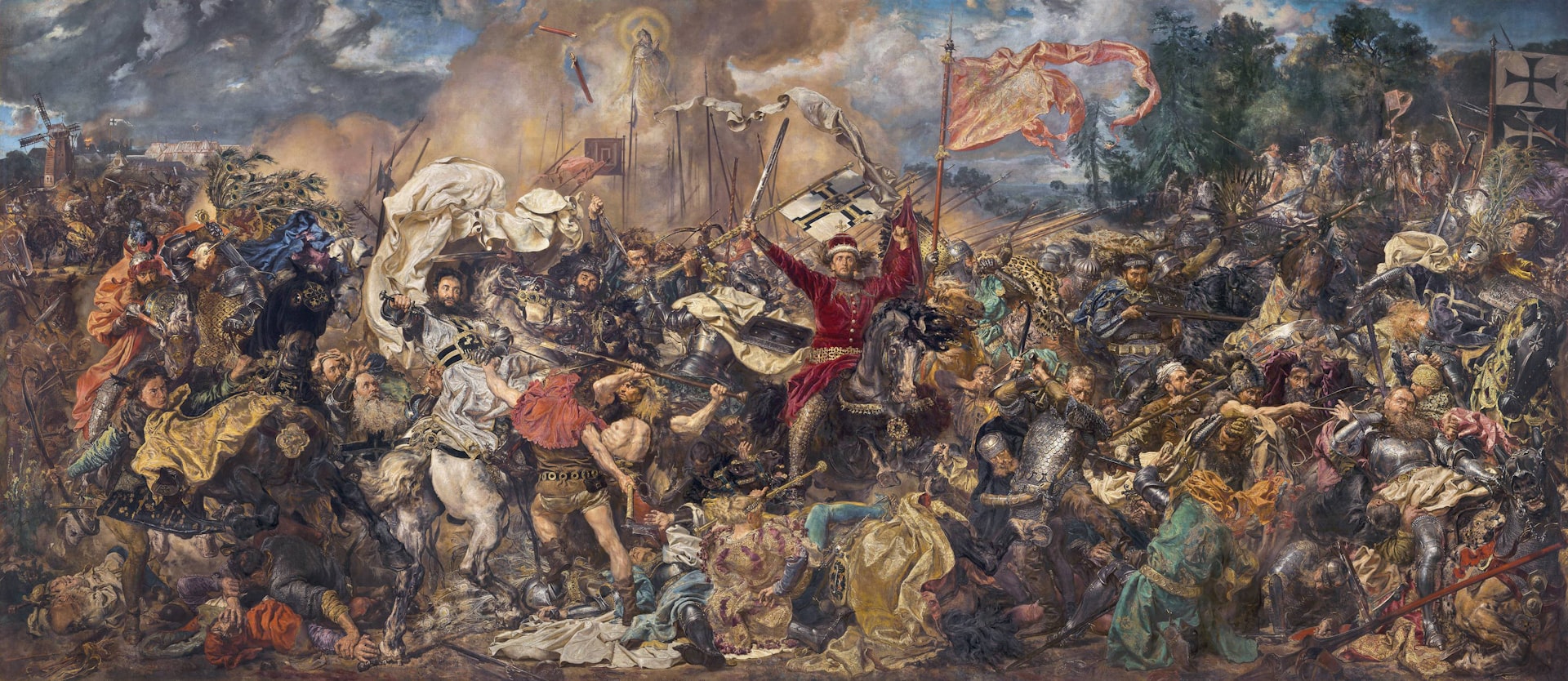How Hip-Hop Culture Redefined Global Fashion: From Streetwear to Runways

Photo by Happy Face Emoji on Unsplash
Introduction: Hip-Hop’s Journey from Bronx Streets to Global Catwalks
Over the past five decades, hip-hop culture has transformed from a local movement in New York’s South Bronx into one of the world’s most influential forces in global fashion . What began as a creative outlet for marginalized urban youth has grown into a multi-billion-dollar industry, shaping everything from luxury runways to youth streetwear worldwide. Today, the echoes of hip-hop’s signature style-rooted in self-expression, rebellion, and authenticity-can be seen in nearly every corner of the fashion landscape. [5]

Photo by abolova . on Unsplash
The Origins: Fashion as Self-Expression in Hip-Hop’s Early Days
Hip-hop’s fashion roots run deep. In the 1970s and early 1980s, young people in the Bronx used style to claim identity and community. Early hip-hop artists and dancers popularized a mix of sportswear, tracksuits, sneakers, Kangol hats, large jewelry, and bold logo-driven pieces. This utilitarian, DIY approach reflected both necessity and flair, drawing from basketball courts, thrift stores, and street markets. [2] The oversized silhouettes and expressive accessories were as much about making a statement as they were about comfort and movement, especially for breakdancers and MCs. The look was not confined to New York-skateboarding communities and street dancers worldwide quickly adopted similar styles, spreading the aesthetic far beyond its birthplace.
Evolution and Mainstream Acceptance: Hip-Hop Meets High Fashion
By the late 1980s and 1990s, hip-hop’s influence exploded into the mainstream. Artists like Tupac Shakur, The Notorious B.I.G., and groups like N.W.A. became not only musical icons but also fashion trendsetters. [1] Their bold, unapologetic style-think military jackets, baseball caps, black bomber jackets, and heavy gold chains-captured public imagination and inspired major sportswear brands like Nike and Adidas to collaborate with hip-hop artists. This era marked the beginning of a feedback loop where artists, athletes, and designers each influenced the other’s style. [1]
By the 2000s, the relationship between hip-hop and fashion deepened further. Jay-Z, Kanye West, and Pharrell Williams launched their own clothing lines, collaborated with luxury brands, and blurred the lines between streetwear and high fashion. The rise of artist-led brands meant that hip-hop’s influence was no longer limited to endorsement-it had become a creative driver in its own right. [5]
Digital Age and Commercialization: Hip-Hop’s Global Reach
The 21st century brought unprecedented connectivity. Social media and digital platforms like Instagram, YouTube, and SoundCloud allowed hip-hop artists to bypass traditional media gatekeepers, reaching global audiences instantly. [4] As a result, hip-hop’s fashion influence accelerated, crossing borders and cultures. International fans adopted, adapted, and remixed hip-hop style, making it a truly global phenomenon.
With commercialization came new opportunities and challenges. Major corporations and luxury designers capitalized on hip-hop’s authenticity, launching collaborations with artists and even hiring them as creative directors. This mainstreaming of hip-hop fashion led to the birth of the luxury streetwear movement, where high-end brands such as Louis Vuitton and Gucci embraced sneaker culture, bold logos, and urban aesthetics. [5]
Key Elements of Hip-Hop Fashion’s Influence Today
Today, hip-hop’s impact on fashion is everywhere:
- Streetwear as High Fashion: The “urban” or “streetwear” aesthetic born in the Bronx is now a global standard, seen on runways and red carpets as much as in everyday life. [3]
- Mix-and-Match Personalization: Modern hip-hop fashion emphasizes individuality, blending high-end pieces with vintage or athletic wear to create unique looks. [3]
- Gender Fluidity and Inclusivity: Recent years have seen a surge in gender-fluid and inclusive fashion, with artists and fans rejecting traditional norms in favor of diverse styles and authentic self-expression. [3]
- Sustainability and Social Awareness: As awareness grows about fashion’s environmental and social impacts, hip-hop communities are increasingly turning to eco-friendly brands and socially responsible production. [3]
Real-World Examples and Case Studies
Consider Kanye West’s Yeezy line , which revolutionized sneaker culture and set new industry standards for limited-edition releases, resale values, and design innovation. Or Virgil Abloh , a DJ and artistic director, whose Off-White brand and role at Louis Vuitton brought hip-hop sensibilities to the heart of European luxury fashion. [5]
At the same time, smaller independent brands-many led by BIPOC (Black, Indigenous, People of Color) founders-continue to shape the future of fashion from the grassroots level. These brands prioritize authenticity, community, and storytelling over mass-market appeal, staying true to hip-hop’s origins while pushing the industry forward.
How to Engage with Hip-Hop Fashion: Actionable Guidance
If you want to explore or participate in the world of hip-hop-influenced fashion, consider these steps:
- Research Current Trends: Follow credible industry publications, such as Vogue, GQ, or Hypebeast, to stay updated on the latest collaborations and emerging brands. Use keywords like “hip-hop streetwear trends” or “luxury streetwear collaborations” when searching.
- Support Authentic Brands: Look for labels founded by hip-hop artists or rooted in urban communities. Many independent designers sell directly through their verified social media accounts or official brand websites.
- Experiment with Style: Embrace the mix-and-match ethos-combine sportswear, vintage pieces, and designer items to create your own look. Don’t be afraid to break traditional style rules.
- Consider Sustainability: Seek out eco-friendly brands and secondhand retailers. Query “sustainable hip-hop fashion” or “upcycled streetwear” for options in your area or online.
- Engage with Community Events: Attend local hip-hop or streetwear pop-ups, fashion shows, and cultural festivals. These are often promoted through community centers, university events, or social media.
- Learn from Influencers: Many artists and fashion influencers share styling tips and brand recommendations on platforms like Instagram and YouTube. Always verify the authenticity of the brands and creators you follow.
If you’re seeking to collaborate with or learn from hip-hop fashion entrepreneurs, consider reaching out via professional networking platforms, such as LinkedIn, or by attending industry trade shows and seminars. For educational programs on fashion history and design, search for courses at established institutions or through platforms like Coursera or edX, using official channels.
Challenges and Alternatives: Navigating the Hip-Hop Fashion Landscape
The commercialization of hip-hop fashion has brought both opportunity and risk. While it has generated economic power and global recognition, some critics argue that mainstream adoption can dilute hip-hop’s original messages of empowerment and resistance. [4] To avoid superficial engagement, prioritize brands and creators who honor hip-hop’s roots and promote community values.
For those interested in ethical fashion, you may face challenges in verifying the sustainability claims of certain brands. Always check for third-party certifications or reviews from reputable industry organizations before purchasing.
If you’re unable to access specific brands or events due to location or budget, remember that hip-hop fashion’s core value is creativity. Thrift stores, DIY customization, and online communities offer alternative pathways for participating in the culture without high costs.
Summary and Key Takeaways
The influence of hip-hop culture on global fashion is profound and ongoing. From its origins as a form of self-expression among marginalized youth to its current place as a driver of luxury fashion and social change, hip-hop has repeatedly redefined what style means worldwide. By emphasizing authenticity, inclusivity, and innovation, hip-hop-inspired fashion continues to break boundaries and empower new generations.
To learn more or get involved, explore official fashion industry publications, verified social media accounts of hip-hop artists and designers, and local community initiatives. For up-to-date guidance, always consult authoritative sources and engage with the culture thoughtfully and respectfully.
References
- [1] Stan Gr The Man (2023). Exploring Hip-Hop’s Impact on Modern Sports Fashion Trends.
- [2] The A Magazine (2023). Hip-Hop’s Influence on Fashion.
- [3] Innovoke (2023). How Hip-Hop Transformed Fashion – A Timeline.
- [4] Paradigm Press (2022). Commercialization of Hip-Hop Culture and the Evolution of Youth Consumption.
- [5] University of Fashion (2023). 50 Years of Hip Hop: A Fashion Revolution.



